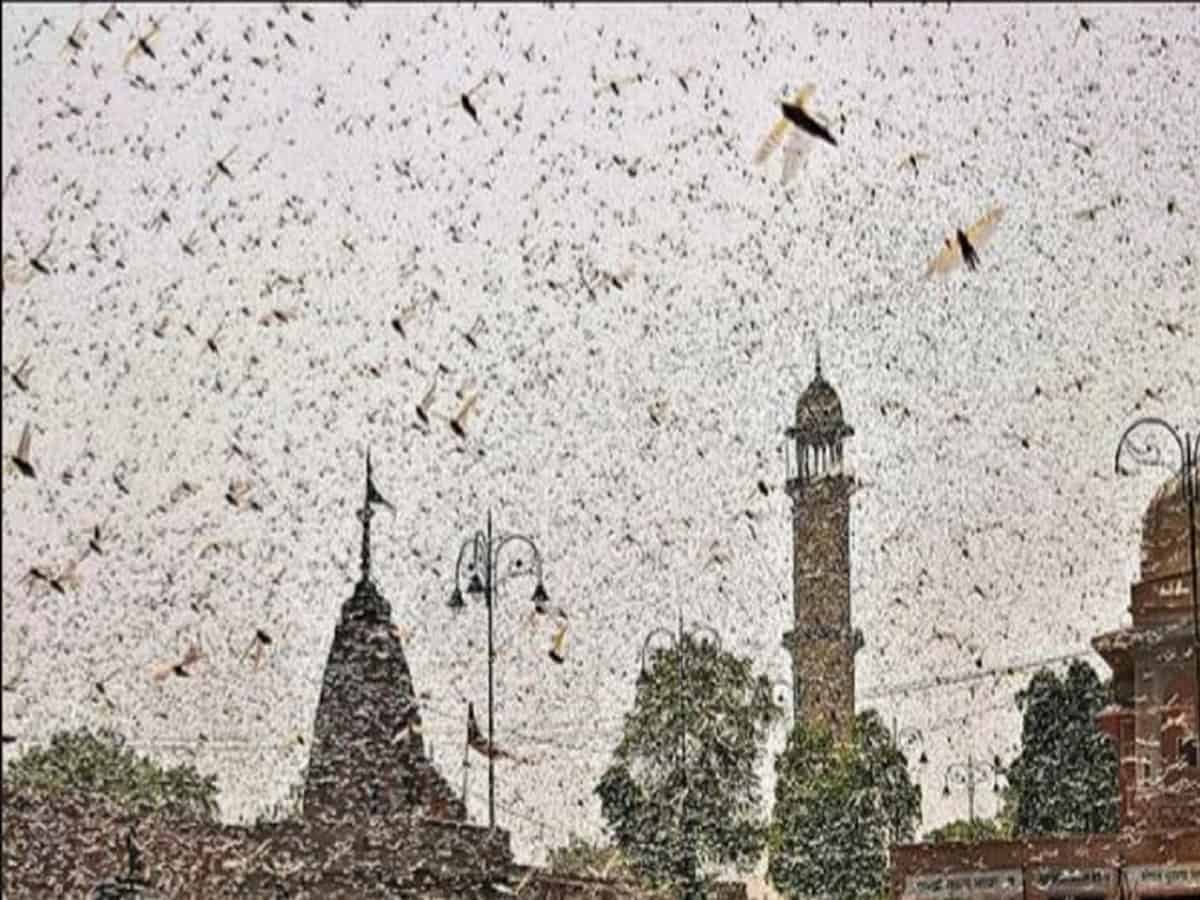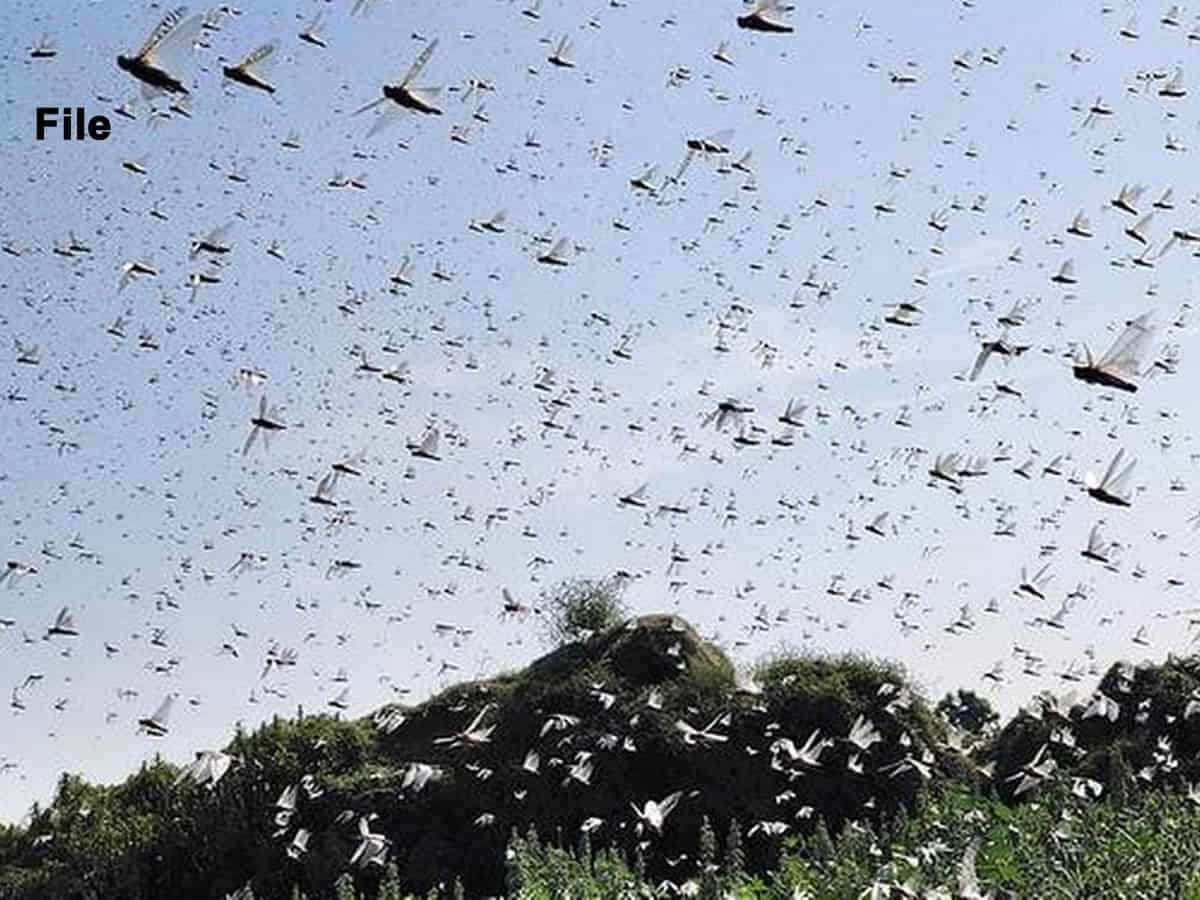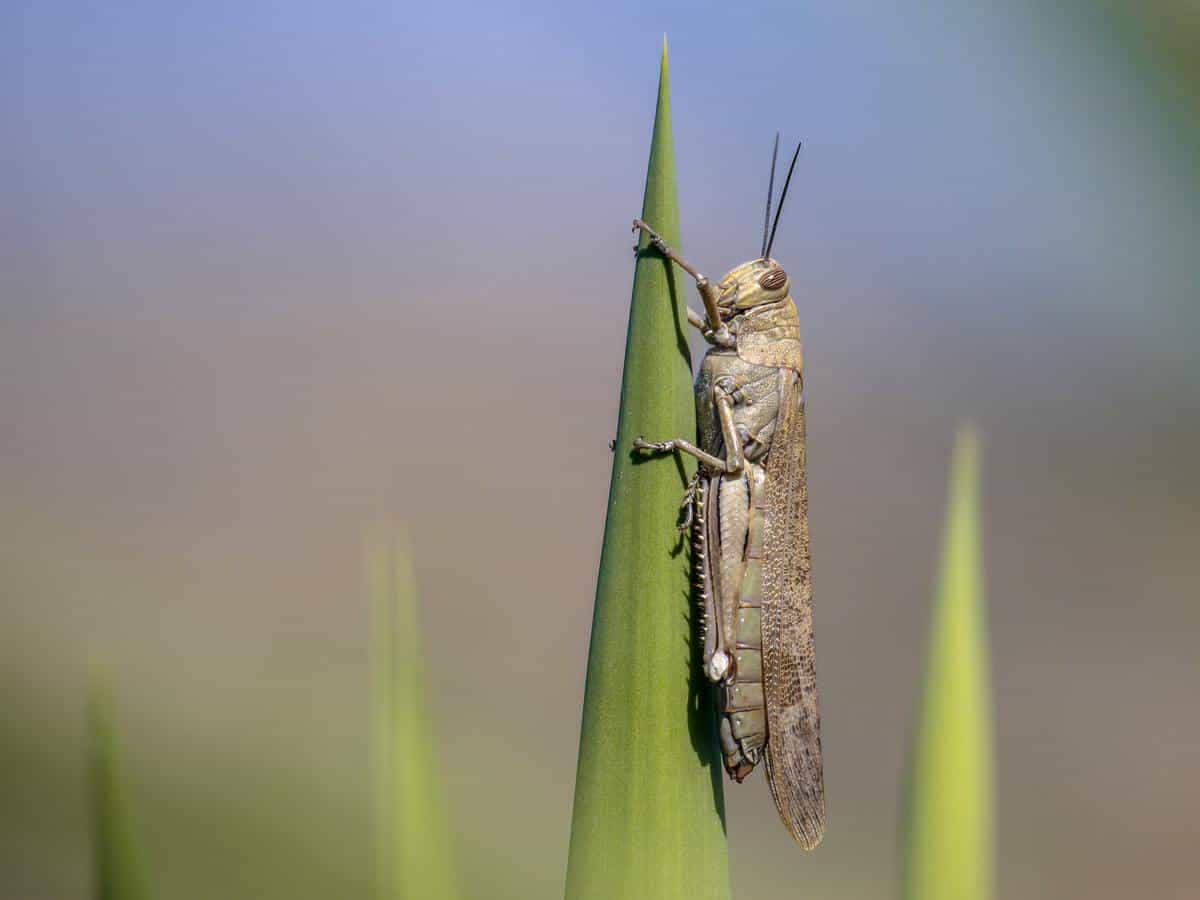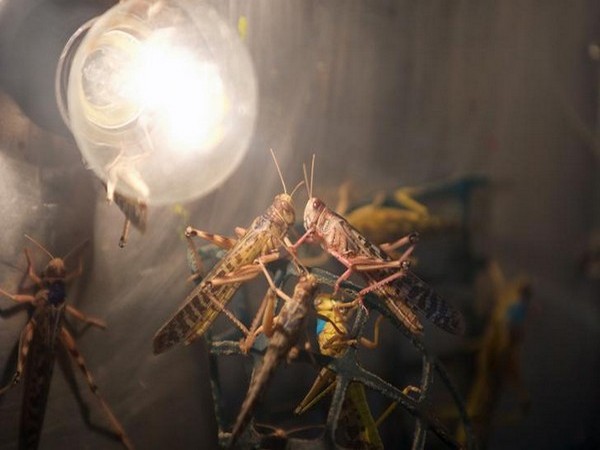Hyderabad: Erstwhile Hyderabad State had witnessed a locust attack in the early 20th century. The Nizam who was the then ruler of the State had taken many steps to help farmers who suffered huge losses due to the attack.
He also followed all the recommendations made by the Imperial Council of Agricultural Research which is now known as the Indian Council of Agricultural Research (ICAR).
Erstwhile Hyderabad State witnessed two types of locusts
It may be mentioned that other princely and territories of India used to witness attacks by one type of locust whereas, Hyderabad State usually faced attacks by two types of locusts, one from Western Ghat and another from North India.
Locusts attack Erstwhile Hyderabad State in 1929
In 1929, the locusts that originated from Western Ghat had created massive destructions in the areas of the princely State which is now part of Maharashtra. It had resulted in famines too.
Highlighting the intensity of the attack, Yelseti Ramachandra Rao who was associated with the then Imperial Council of Agricultural Research at Karachi had said that swarms of locusts used to block sunlight from reaching Earth.
Current locust attack
Currently, the swarm of locusts entered many States of the country. Telangana State has also geared up to deal with the menace of the pest that is known for destroying agricultural fields.
It had entered states including, Rajasthan, Madhya Pradesh, Maharashtra, Uttar Pradesh etc.
In order deal the attack, farmers are adopting unique techniques including DJ systems. Officials are also using loud sounds like siren etc. These techniques are forcing the pest to leave the area.
Apart from loud noise, smoke is also proving to be an effective way of dealing with it.
On the other hand, officials are using drones to spray pesticides.
Meanwhile, in Pakistan, it is suggested that residents should trap the pest and use it for feeding hens.








